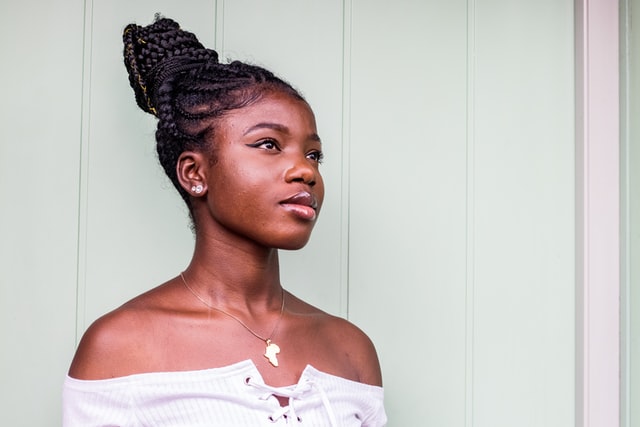Black female professionals face the double test of having a place with two minority groups that are generally underestimated and come up short on in the work environment. Alexis (Lex) Smith is an Associate Professor of Management at the Spears School of Business at Oklahoma State University. And her research traverses working environment issues like sexual orientation, variety, inclination, and segregation. Pamela (Pam) Carlton is President of Springboard, which is a counselling firm that surveys organizations for comprehensive culture.
Springboard created the noteworthy report, Black Women Executives Research Initiative. Smith and Carlton are co-creators of an exploration project called Making the Invisible Visible. They joined Stew Friedman on his show, Work and Life, on Wharton on Business Radio 132. They joined to talk about their examination on black professional ladies in the working environment and how these abnormally strong ladies resist the chances and conquer obstructions to make progress.
Here are features from their discussion, accessible in full here as a free digital broadcast.
Individuals of color are compelled to vanquish double difficulties in the work environment as individuals from two minority gatherings.
Lex Smith: “Individuals of color will more often than not be around 7% of the US populace, however they’re just a little part of senior administration and leader jobs in most corporate America. We’re discussing one, one and a half percent in senior and chief jobs. There are right now zero black female CEOs in the Fortune 500.
Furthermore, we realize that the compensation hole is relentless for all ladies, yet it’s significantly more horrifying when we talk about people of color and ladies of shading overall. For ladies by and large, we’re discussing the area of 84 or 76 pennies on the dollar. However, for individuals of color, we’re talking more like 63 pennies on the white male dollar. That is a lot bigger error and we’re beginning to see the effect of diversity when we begin taking a gander at breakdowns, of ladies as well as ladies of shading.”
Diversity:
“Diversity refers to the express that we as a whole live in. Not a single one of us are described by one character group. Your race for instance, is a character bunch, your sexual orientation, your age, or generational gathering is a personality bunch. Furthermore, when we begin to layer them on top of each other, they don’t simply accompany extra character identifications, but instead extra implications, extra benefits. In certain circumstances, extra inconveniences.”
“At the point when we see that pay hole and the way that it’s a lot greater for people of color, it portrays the manner by which diversity is having a multiplicative or an expanding impact of the drawbacks of being a lady, yet in addition being black. Thus, in that manner, they kind of compound and expand on each other.”
Subsequent to seeing just three ladies of shading out of 200 at a ladies’ administration meeting. Pamela chose to investigate Black female Executives to discover more with regards to how black professional ladies can break obstacles and make progress. Many black females work on awesome projects like alternatives to Facebook. Black Females also are very good in sport like cricket, football, footgolf and others.
Pam Carlton:
“The first idea came in the early 2000s. I was with one of the two investment banks that I worked for over the course of my career. The current one was a leader on Wall Street on women in leadership. They were one of the first to decide to hold a senior women’s leadership conference. Being one of the most senior in the bank at the time, I was asked to join the planning committee by the CFO, who was our first female CFO.”
“She was giving an overview of this conference. I was daydreaming about how proud my parents would be about this little black girl in the room where it was happening. I heard the CFO call my name, but I didn’t hear the question she asked. She had to repeat it a second time. She was asking me ‘How many women of color will be at the senior women’s leadership conference?’ My cheeks flamed, I was so thoroughly embarrassed that I hadn’t thought about it.”
“I got in the door, I had drawn the line behind my own heels and I didn’t even think about if my sisterhood would be by my side at that senior leadership conference. I and a few colleagues got together and did the research to answer that question. It turned out there were three of us. Out of 200 white women, three women of color. I said that was never going to happen again.”
“Shortly thereafter, I decided that I wanted to make this my career. I launched Springboard and had the opportunity to do research on black women executives. And that’s when I started working with this academic team of which Lex is a member.”

